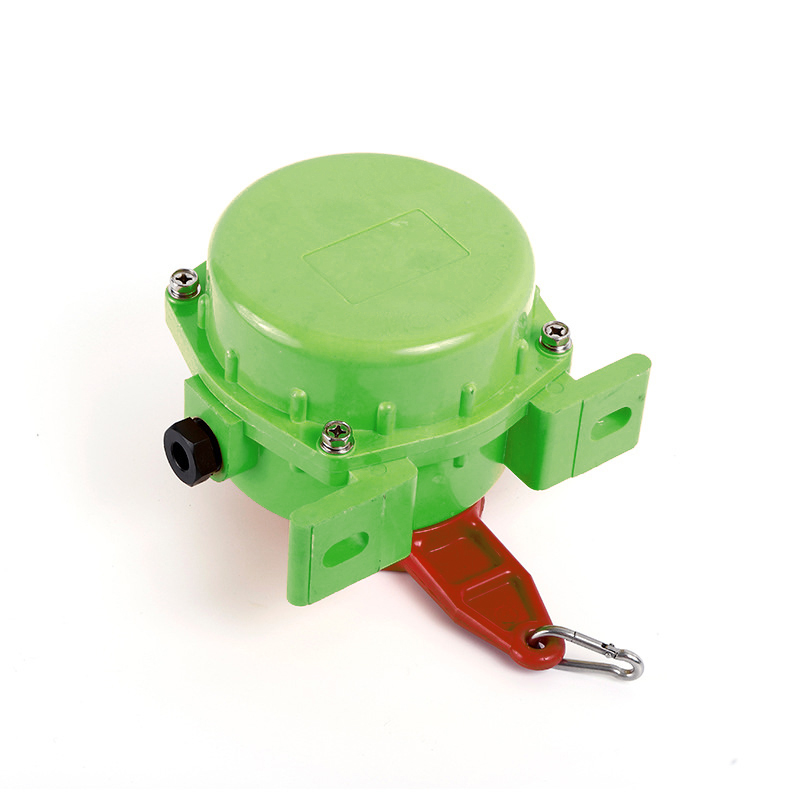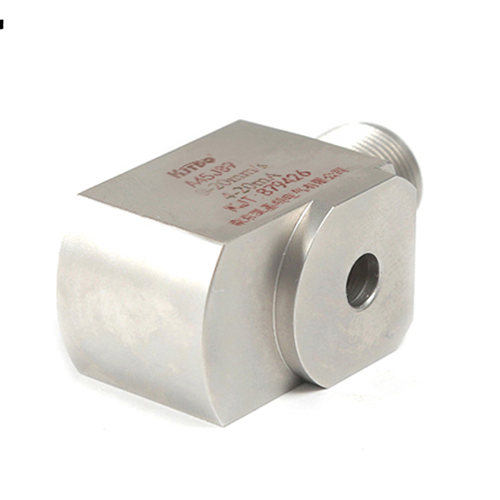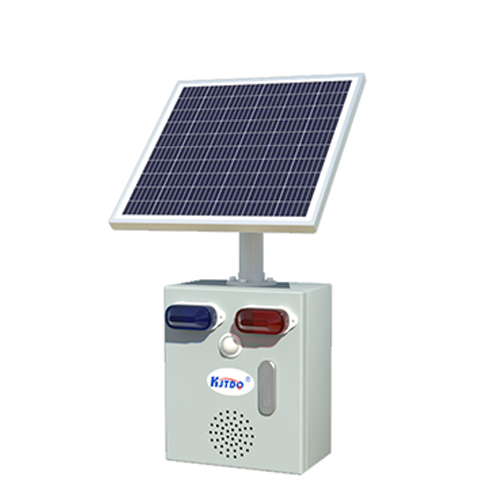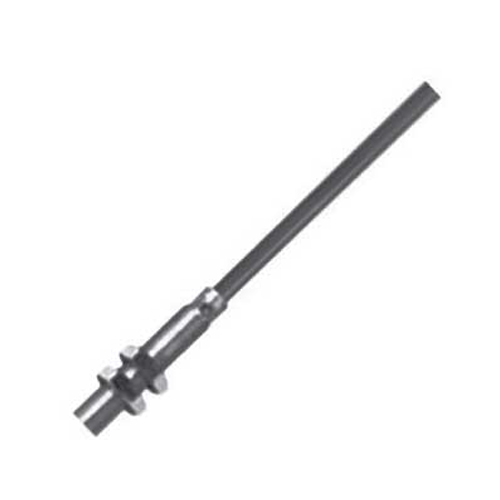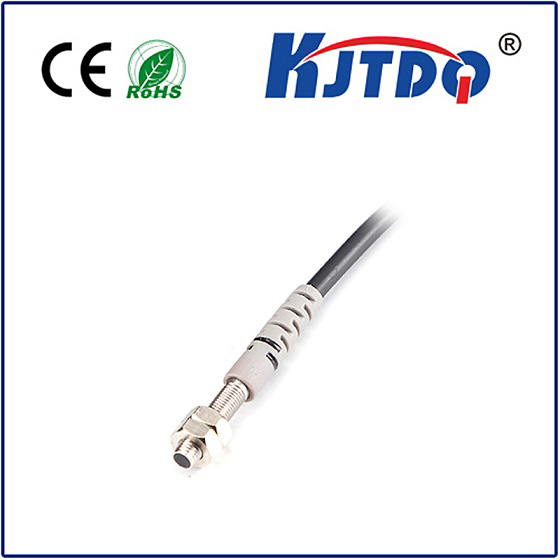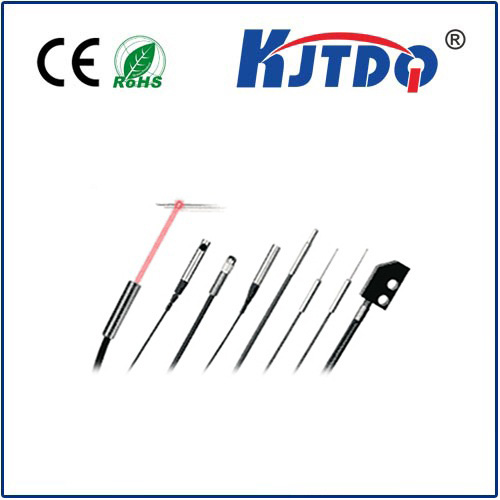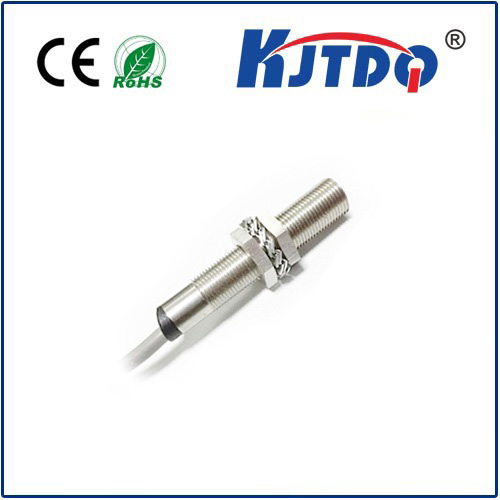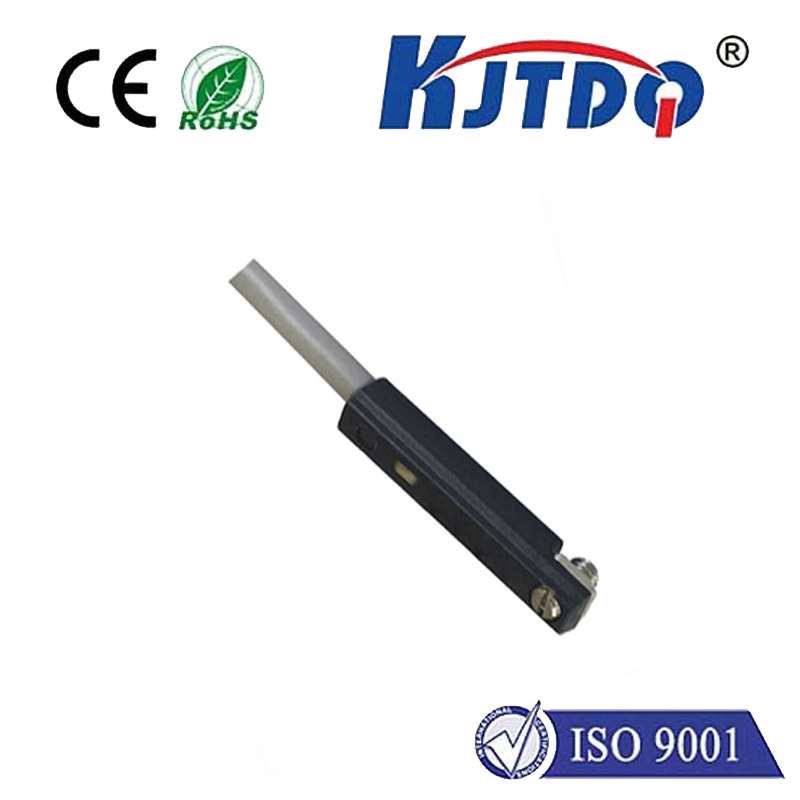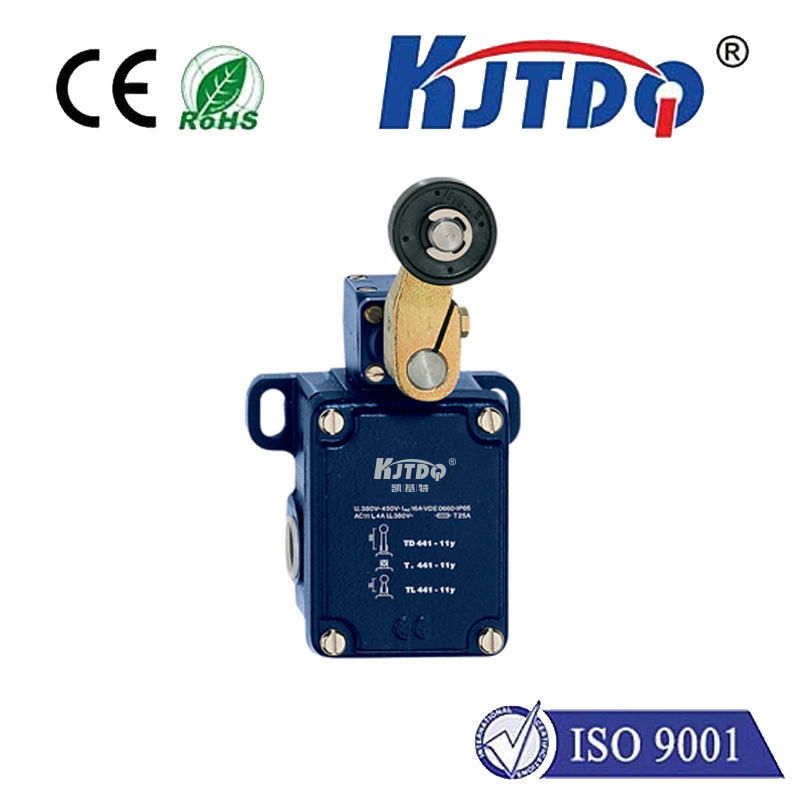

check

check

check

check

check

check

check

check

check

check
Imagine technology that allows your projects to “see” without cameras, detecting obstacles, measuring precise distances, or even gauging fluid levels – all through sound waves beyond human hearing. This isn’t science fiction; it’s the practical magic unlocked by combining the humble ultrasonic sensor with the versatile NodeMCU development board. Together, they form an incredibly accessible and powerful toolkit for makers, hobbyists, and IoT enthusiasts, enabling the creation of intelligent systems that perceive their physical environment effortlessly. This guide delves into how this potent duo works and how you can harness it for your own innovative projects.
Ultrasound: Seeing with Sound Ultrasonic sensors operate on a principle borrowed from nature, akin to echolocation used by bats and dolphins. The most common module, like the HC-SR04, features a transmitter and a receiver.
Since the speed of sound in air is relatively constant (approximately 343 meters per second at room temperature), calculating the distance to the object becomes straightforward:

Distance = (Speed of Sound × Time Elapsed) / 2
We divide by 2 because the sound travels to the object and back again. This provides accurate, non-contact distance measurements typically ranging from 2 cm up to 4 meters, making the ultrasonic sensor invaluable for many distance sensing applications.
NodeMCU: The Wi-Fi Enabled Brains Enter the NodeMCU. This isn’t just another microcontroller; it’s a development board built around the powerful ESP8266 chip. Its standout features make it uniquely suited for modern projects:
The Perfect Match: Connecting Sensor to NodeMCU Pairing the HC-SR04 ultrasonic sensor with the NodeMCU is surprisingly simple, creating an accessible yet powerful distance sensing solution:
3V3 pin (power supply).G (Ground) pin.D5 or GPIO 14). This pin is controlled by the NodeMCU to tell the sensor when to emit a pulse.D6 or GPIO 12). This pin sends a signal back to the NodeMCU whose duration corresponds to the time taken for the echo to return. Note: The Echo pin output is 5V logic, while the NodeMCU GPIOs are 3.3V tolerant. While the HC-SR04 often works directly connected, for reliability over long periods, using a simple voltage divider (e.g., 1kΩ & 2kΩ resistors) on the Echo line is recommended.Trig pin as OUTPUT and the Echo pin as INPUT.Trig pin high for a short duration (e.g., 10 microseconds).pulseIn() function to measure the duration the Echo pin stays high. This duration is the critical time-of-flight measurement for sound.distance = (duration * 0.0343) / 2 (where 0.0343 cm/µs is the approximate speed of sound at 20°C).Bringing Intelligence: Why This Combo Excels The real power emerges when the NodeMCU leverages its capabilities beyond simple measurement:
Unlocking Possibilities: Real-World Applications The NodeMCU ultrasonic sensor combination finds use in countless scenarios, including:
Getting Started - It’s Easier Than You Think! Embarking on your first ultrasonic sensor NodeMCU project requires minimal investment. Grab an HC-SR04 module, a Node
